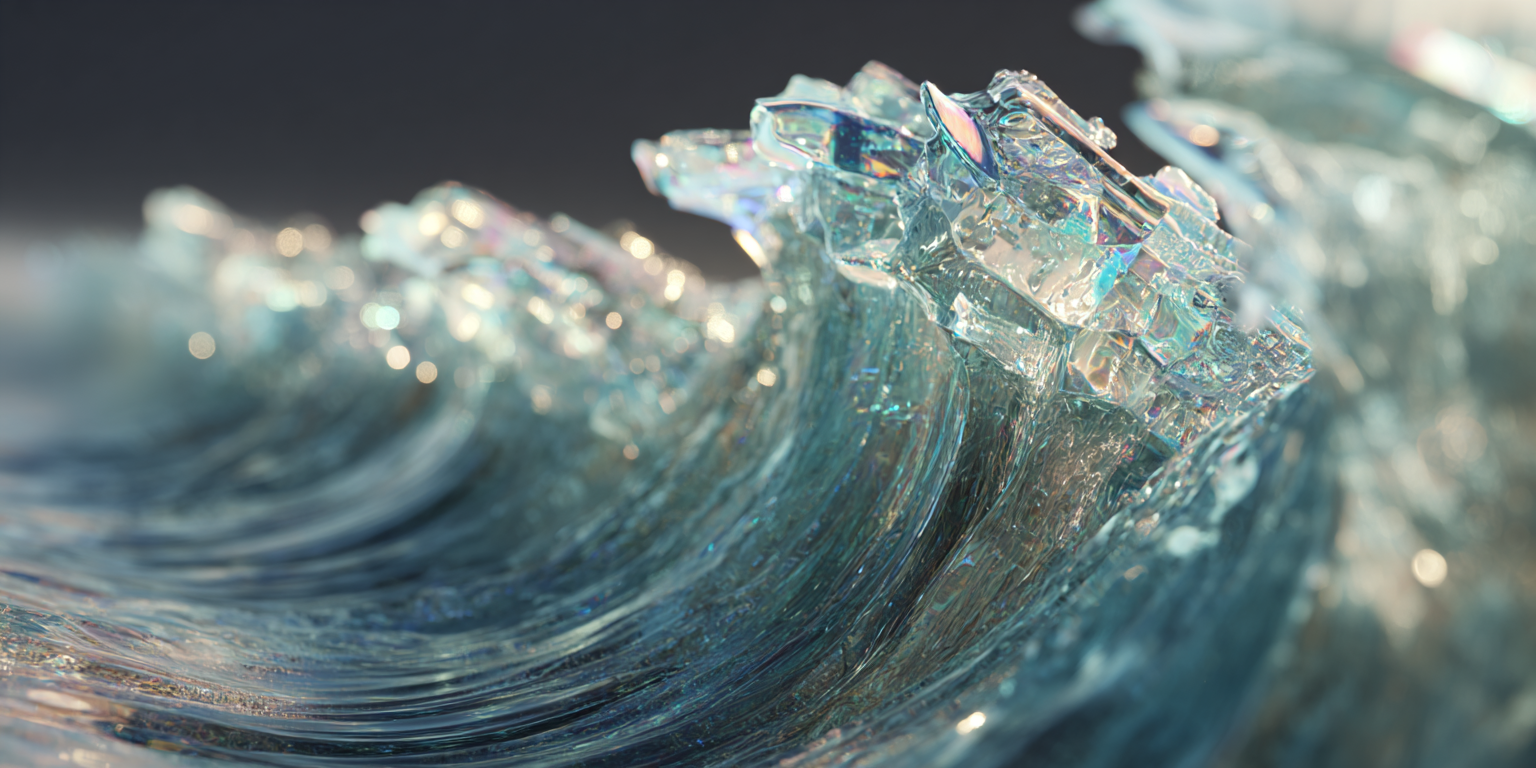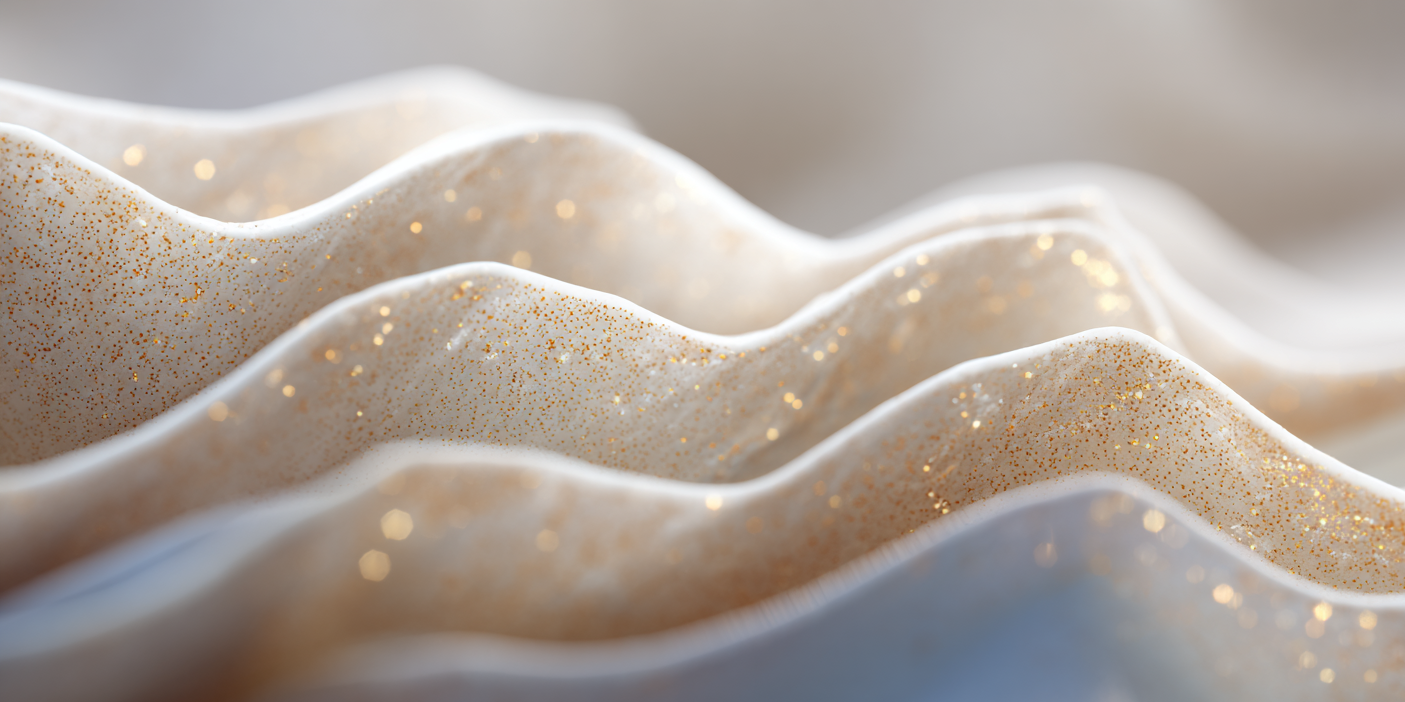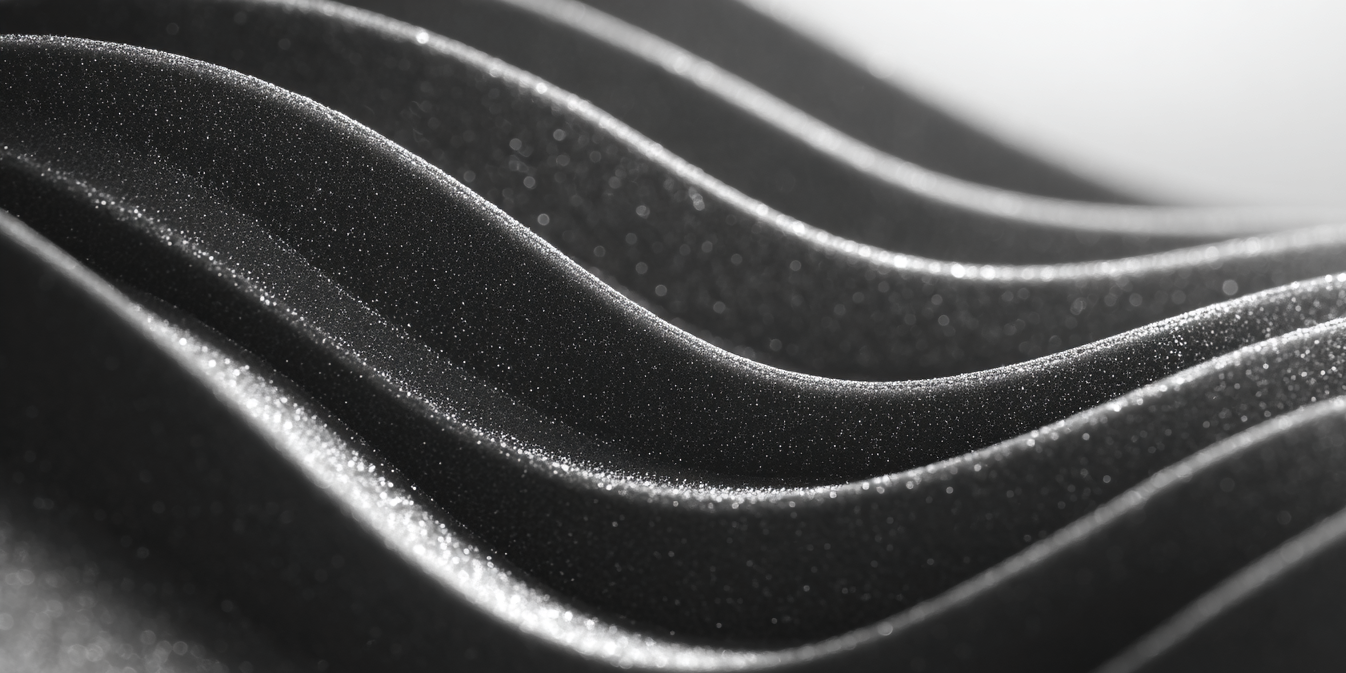We’ve all heard the advice: drink eight glasses of water a day. It’s simple, memorable—and incomplete. The truth is that hydration needs vary from person to person, day to day. What really matters isn’t how much water you pour into your body, but how your body processes and reflects it back. And one of the best indicators of hydration? Your pee.
Why hydration matters more than you think
Hydration isn’t just about quenching thirst. Every cell in your body depends on water to function. Staying well-hydrated supports:
- Energy and focus — even mild dehydration can cause fatigue and brain fog.
- Digestion — water helps stool stay soft, preventing constipation.
- Temperature regulation — your body relies on water to cool itself.
- Joint and kidney health — fluid keeps everything moving smoothly.
Yet, despite its importance, dehydration is incredibly common. One CDC report estimates that nearly half of U.S. adults don’t drink enough water each day. And because thirst isn’t always a reliable signal, many people don’t realize they’re dehydrated until it’s already impacting performance or mood.
The myth of “8 glasses a day”
The eight-glasses rule dates back to the 1940s, when the U.S. Food and Nutrition Board suggested a general intake of 2.5 liters of water per day. What often gets left out is that they also noted much of that fluid comes from food, not just beverages.
Fast forward to today, and hydration science shows us there’s no one-size-fits-all rule. Factors like exercise, climate, medications, age, and even your diet (think salty or protein-heavy meals) can shift how much water you actually need.
So if “8 glasses” isn’t the gold standard, what is? That’s where your urine comes in.
What your pee reveals about hydration
Urine color has long been recognized as a practical way to gauge hydration status. Light yellow typically indicates you’re well-hydrated, while darker shades may signal dehydration. Scientists measure this using urine osmolality, a marker of how concentrated your urine is.
Outside of extreme dehydration, studies show that urine color is as reliable as lab-based tests like plasma osmolality, urine osmolality, or specific gravity.
The problem is that most of us glance at the toilet bowl (if that), shrug, and move on. That’s where Throne comes in.
How Throne translates pee into a hydration score
Every time you use the Throne device, our AI (trained by physicians) analyzes your urine color in real time. The result? A hydration score that’s:
- Personalized — based on your actual outputs, not generic intake advice.
- Continuous — tracked session by session, so you can see patterns over time.
- Actionable — if your hydration score is trending lower, you know it’s time to adjust before it impacts energy, digestion, or performance.
Instead of relying on memory (“Did I drink enough today?”) or rough rules of thumb, Throne shows you what your body is actually saying.
What your patterns might be telling you
Because hydration isn’t static, your score changes throughout the day. Here are some patterns Throne can help you spot:
- Morning lows: Overnight, your body loses fluid through breathing and sweat. That first morning pee is often the most concentrated. Throne helps you confirm whether a glass of water is enough to reset, or if you need more.
- Exercise dips: Sweating depletes water and electrolytes. If your post-workout hydration score looks lower than usual, that’s your cue to replenish.
- Travel days: Airplanes, long drives, and disrupted routines often lead to dehydration. Tracking your hydration helps you stay ahead of headaches and fatigue.
- High hydration days: Maybe you ate water-rich foods like watermelon or cucumber, or maybe you just nailed your water intake. Throne lets you see the payoff in your data.
Moving beyond guesswork
Think of Throne like a fitness tracker, but for your most overlooked health signals. Wearables monitor steps, sleep, and heart rate; Throne brings the same visibility to hydration and digestion.
By making hydration measurable, you can:
- Experiment — test whether adding electrolytes after workouts improves your hydration score.
- Prevent issues — notice early signs of dehydration before it affects energy or bowel movements.
- Build awareness — learn what balance looks like for you, instead of relying on generalized rules.
Practical hydration tips backed by science
Of course, Throne doesn’t replace smart habits. Here are a few evidence-backed ways to support hydration:
- Spread intake across the day: Chugging a liter all at once won’t keep you hydrated for long.
- Pair water with meals: Fluids help digestion and supports the gastrocolic reflex (your gut’s natural “go” signal).
- Use food strategically: Fruits, vegetables, and soups can contribute up to 20% of daily fluid intake.
- Balance electrolytes: Especially important if you sweat heavily or experience frequent loose stools.
- Listen to your data: If your Throne hydration score trends lower, adjust before symptoms hit.
Why this matters
Hydration touches nearly every aspect of health. But instead of vague advice or one-size-fits-all rules, Throne makes hydration personal, visible, and actionable.
By looking at the signals your body is already sending—in this case, through your pee—you can finally move beyond “drink more water” and toward real hydration awareness.
Your toilet bowl has always been talking. Throne just gives you the tools to listen.
This article is for informational purposes only and is not intended to provide medical advice. Throne is not a medical device and does not diagnose, treat, cure, or prevent any disease.





